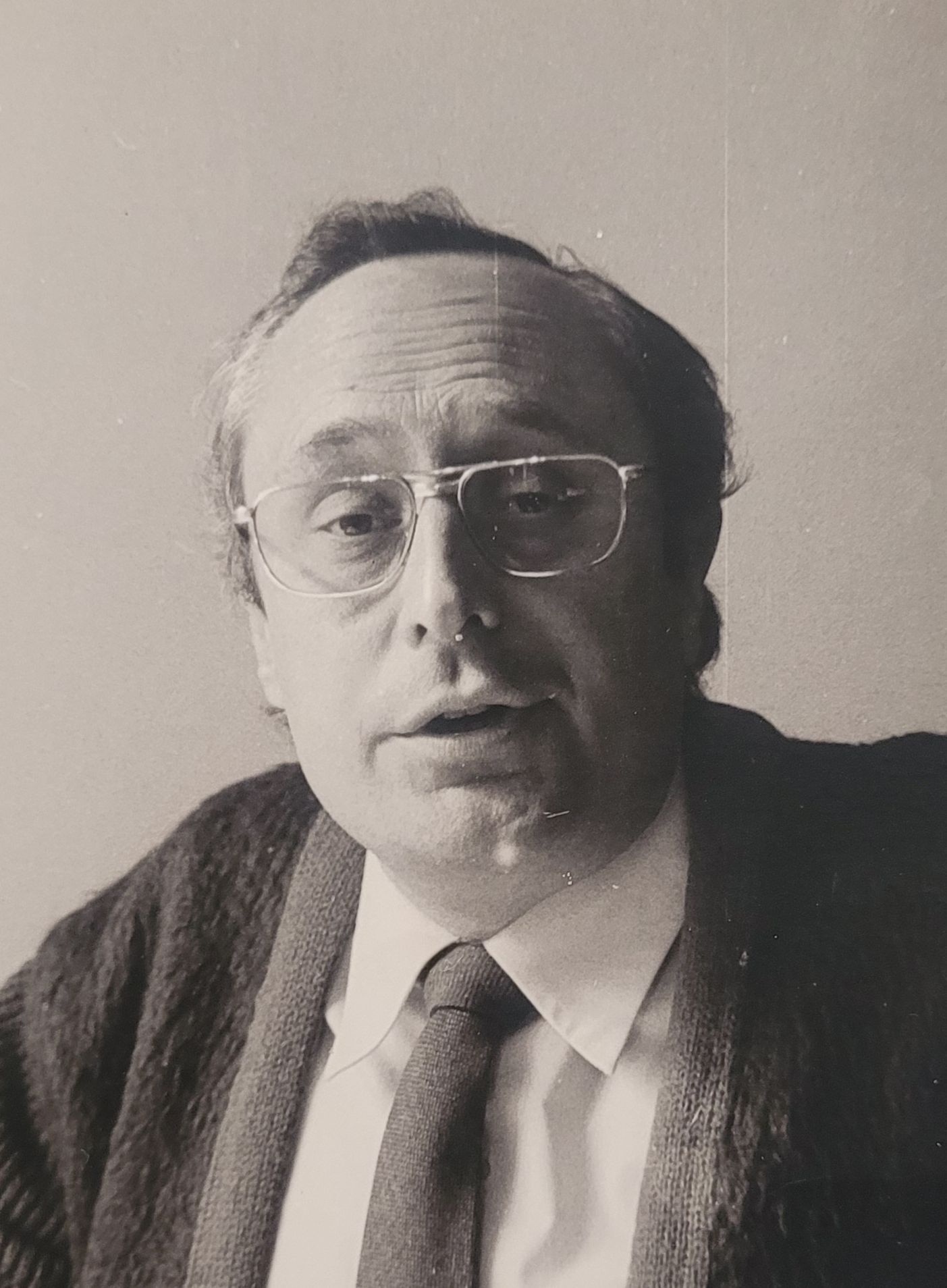Helmut May
Helmut W. May was born on 28 May 1929 in Wiesbaden (Germany). He attended the Realgymnasium in Wiesbaden, then the Athenäum in Luxemburg and finished with the „Mittlere Reife“. His mother was a professionally trained soprano but she did not support his musical ambitions. Therefore Helmut May started his musical education not before being a teenager and only in self-studies. After the schooldays of Helmut May it needed Heinrich Schorn, tenor and a friend of the family, to support the decision to study music. Helmut May studied violin with Richard Lerch and August Baum at the Wiesbaden conservatory and later music theory with Werner Fussan and composition with Franz Flößner at the Mainz conservatory.
After his studies Helmut May first worked as a violinist at the Wiesbadener Orchesterverein, but in 1956 became editor at the music publishing house Schott. This became his main profession and he worked there until 1973. Then he quit and became music teacher at the "Gymnasium am Mosbacher Berg" in Wiesbaden until his retirement in 1994.
Beside this work Helmut May co-founded the Wiesbadener Kammerorchester in 1958 and was its concertmaster for five decades. This orchestra performed many of the compositions by Helmut May, often under the baton of Carl Witzel. In contrast most of the compositions of Helmut May remained unpublished, only his violin concerto "I want to die easy" was commercially released in 1980 by Schott.
In his late years Helmut May also started a career as a novelist and published several stories like "Der Herr aus Leipzig", "Die Burg", "Heimlich, mit dem Nachtzug..." or "Cziupke träumt".
Helmut May died on 27.05.2013 in Wiesbaden (Germany).
Helmut May Archive
In my possession is the main musical estate of Helmut May. In the finding aid below I provide information about the documents in the archive.
Here are scores of some compositions by Helmut May:
1) Sieben Geigenduette
The "7 Violin duets" (7 Geigenduette) are little pieces for the violin student introducing the formal principles of the 12-tone-technique. The first four duets introduce a Prime row, than the Inversion, Retrograde and the Retrograde-Inversion of this Prime row. The final three duets combine several of these transformations.
The score contains a small preface and some short annotations, hence you can find the original German version and an English version with my translation below.
2) Musik der Sonne
The composition "Musik der Sonne" is scored for orchestra and was composed in 1956. It seems that Helmut May submitted this work to a French composition competition, because the manuscript shows the handwritten notes "Kennwort: Vita" and "Categorie A: orchestre symphonique". Unfortunately I could not find any information in which competition the work took part.
3) Maqam concerto for violin and orchestra
4) Impromptu for violin and string orchestra
5) Konzertante Musik, for violin and string orchestra
6) Concerto for 2 violins and string orchestra
7) Adagio for violin and string orchestra

